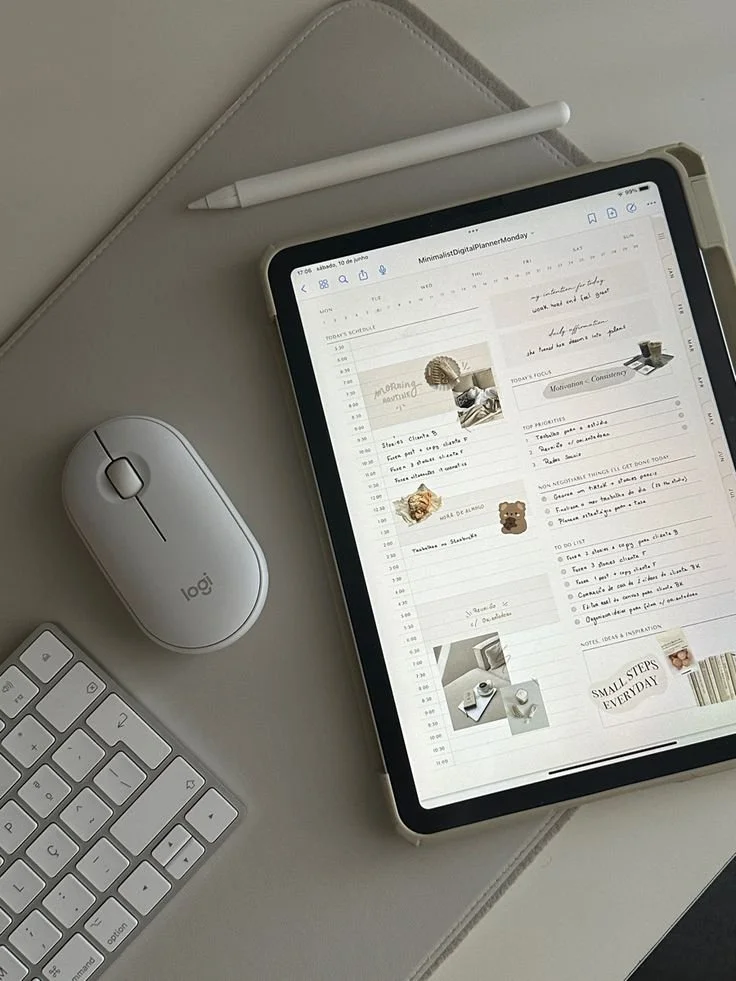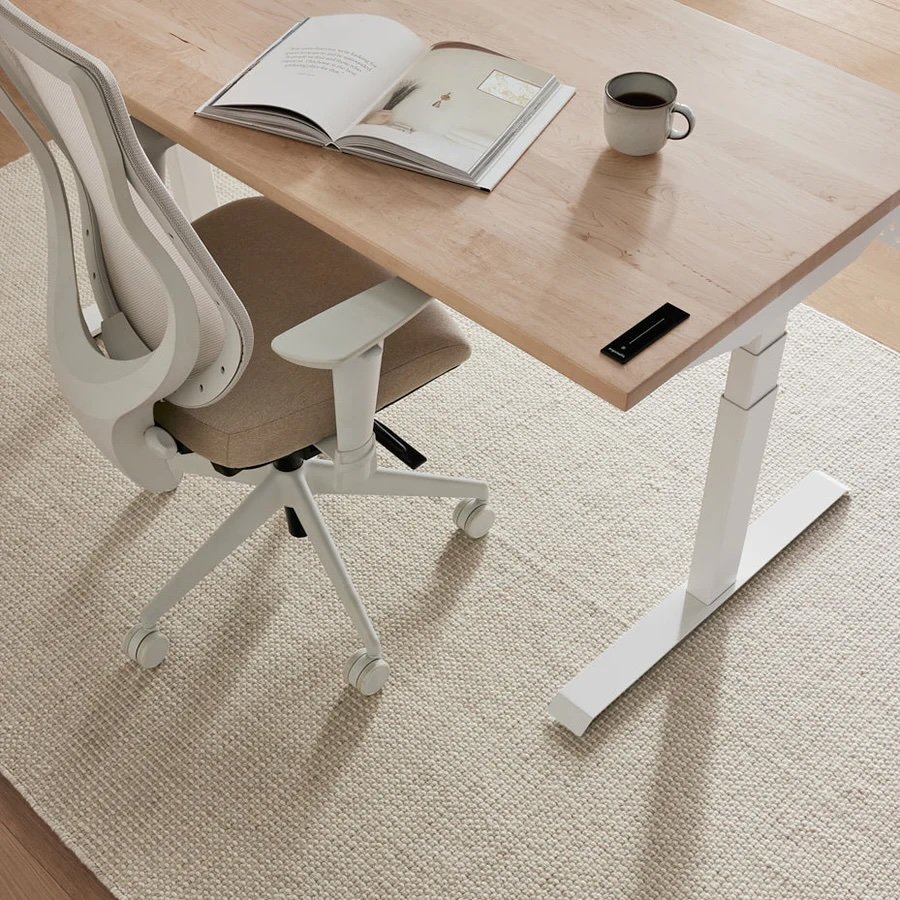It’s easy to end up on the wrong career path. There are so many careers out there to choose from and many of them can seem attractive on the surface. It isn’t until we commit to one that may realize the true nature of that job. If you’ve spent years training for that career or have spent years working your way up the ladder, it can seem daunting having to switch to another career path and start over. However, a new career path could make you happier.
Before choosing to switch careers, it’s important to make sure that you’re definitely on the wrong career path. We can all have bad days at the office or moments of imposter syndrome that can temporarily cloud our judgment. Persevering may be worthwhile in some cases.
However, there are other clear cases where you’re better off changing careers as soon as possible. Below are just some of the signs that it could be time to make the change. In this article, we discuss things to consider to evaluate if you may need to reconsider your career path.
No. 1
Signs you may be on the wrong career path
Lack of Passion: Every job has its mundane duties, but ideally a job should offer some reward and motivation. If the entire job bores you and you dread starting work every morning, it could be a sure sign that you’re on the wrong career path.
Conflict of Values: It’s important that a career aligns with your values. If you care deeply about environmentalism, a career that has a negative impact on the environment may be unsuitable for you. Similarly, if you care deeply about honesty, a job that constantly has you lying could be unsuitable.
Poor Use of Skills: We all possess certain skills including hard skills that we may have learned and soft skills that may be part of our personality. A rewarding job should make use of these skills. If you feel you’re not using your skills, or having to use skills you don’t possess, it could be time to change careers.
Chronic Stress: A career that leaves you constantly feeling stressed is also likely to be unsuitable. All jobs have their moments of stress, but you shouldn’t constantly feel like you are challenged.
Inability to Connect with Colleagues: Certain careers attract certain types of people. If you can’t seem to connect with your colleagues, you need to consider whether this is the right career environment for you. A career where you can be around like-minded people is likely to be more rewarding.
No. 2
How to find the right career path
So, you’re on the wrong career path. How do you then find the right career path? It’s important that you don’t end up on the wrong career path again, so make sure to assess exactly what it is that you want and need in a career.
Identify your passions
We all have passions that motivate us. This includes areas of life that we are enthusiastic and knowledgeable about such as sports, tech, beauty, animals, or music. However, it can also include everyday broader activities that bring us jobs such as helping people, learning, organizing, or being creative. By identifying your passions, you can narrow down jobs that appeal to these passions.
Identify your values
It’s important that your next career aligns with your values. Consider the things in your life that you deeply care about. This could include authenticity, tradition, innovation, simplicity, teamwork, or autonomy. If there are certain things in the world that you see as injustices, you may even want to consider careers that help combat these injustices. This includes careers that help combat poverty, crime, environmental damage, or social inequality.
Identify your skills
A rewarding career should also make use of your skills. If you’re good at writing, it could be worth pursuing a job that involves writing. If you’re DIY-savvy, a manual labor job that uses your DIY skills could be a good option. If you speak another language fluently, you could even consider a job that uses this foreign language.
Do a career test
There are many online career tests that can help you find suitable careers based on your personality, your skills, your passions, and your values. Consider taking one of these tests to see what is recommended to you.
Speak to a career coach
Career coaches can also help you find the right career by talking to you and finding out what motivates you and what you are skilled at. A career coach may also be able to help you hone skills to help you pursue certain careers.
Skillshare
Explore thousands of creative classes on one of the leading online learning platforms for creatives with 1 month free
No. 3
Things to consider when changing career path
Changing career paths is not always straightforward and there are things you need to consider before you take the plunge.
You may need to acquire new credentials
Certain careers may require obtaining credentials in order to be hired. For example, to get a job as a paramedic, you’ll likely need to take paramedic classes first and obtain qualifications. If you want to become an electrician, you will need to obtain an electrical license, which will require taking a training course. Acquiring these credentials will take time and you will need to decide whether to pursue them alongside your current career (potentially as an online or part-time course) or whether to quit your job and pursue a course full time.
You may need to be prepared to start from the bottom
A new career could mean having to start from the bottom. This could mean having to take a pay cut and take orders from other people. It may feel like you’re taking a backward step, but it’s important to remember that this is necessary if you want to be accepted into your new career field.
There may be transferable skills you can take advantage of
You may not have to start completely fresh. All careers involve learning certain skills that can be transferred to other careers. For example, you may have organizational skills from working as a secretary that you can use when working at a marketing company.
It’s possible that you may be able to skip starting from the bottom by finding a stepping stone career. For example, if you currently work as a financial advisor but want to become a sports journalist, consider whether you may be able to land a career at a financial magazine. You could then use your journalism experience from this to eventually break into other forms of journalism.
Takeaways
There are many signs that you could be on the wrong career path. Recognizing these signs is the first step. You then need to identify the right path and work out what it takes to get started on a new course. A career path change won’t be easy, but it could make you much happier in the long run than continuing to pursue a career you don’t enjoy.
Looking for Business Resources?
Are you seeking ways to elevate your business to new heights? Dive into the array of resources provided by our esteemed business partners designed to empower your ventures.





































































































































































































